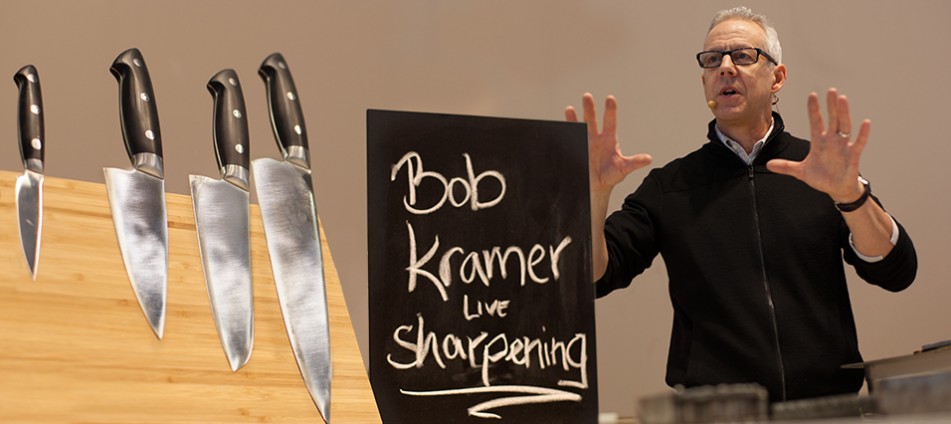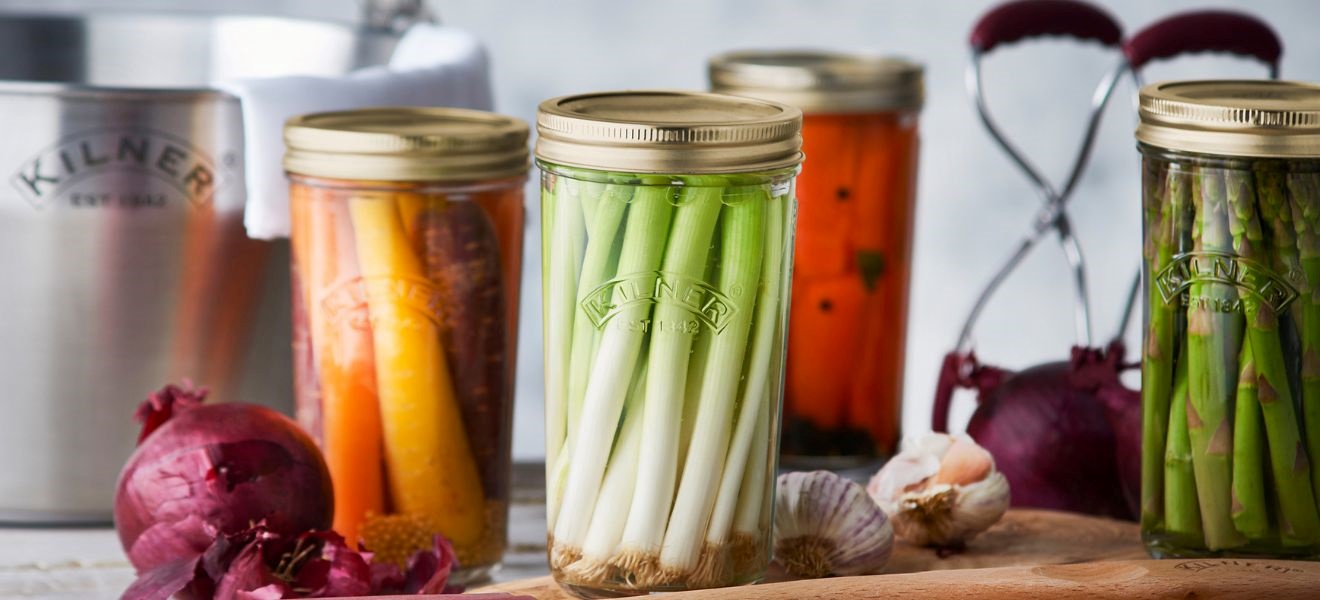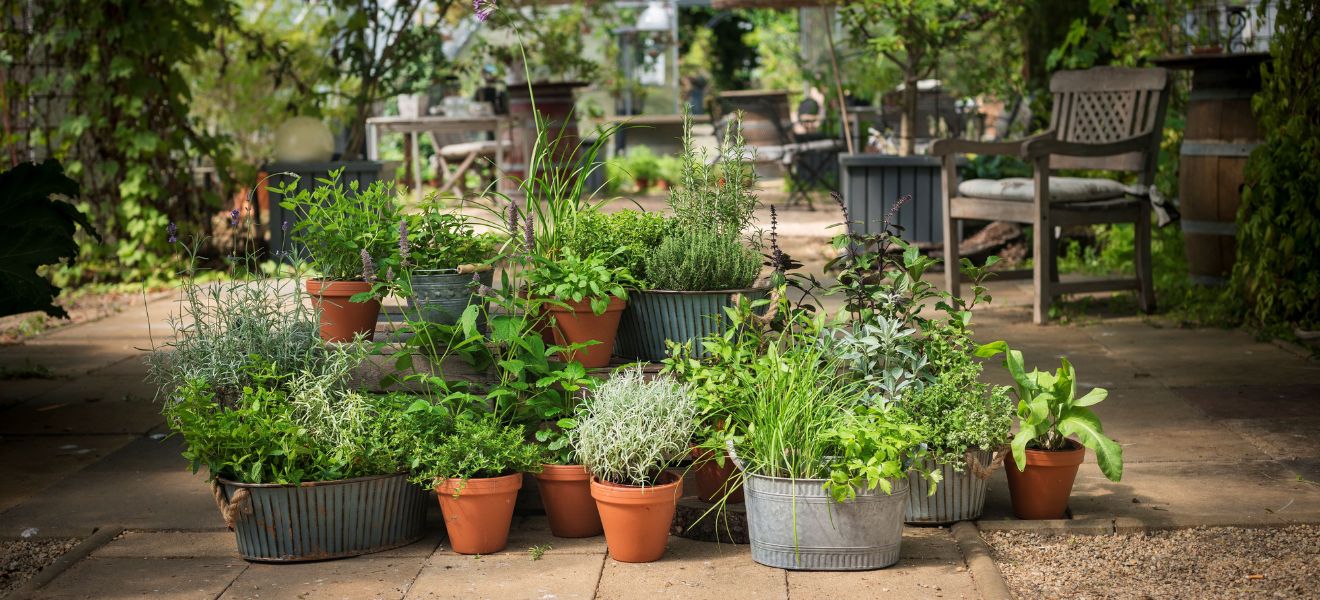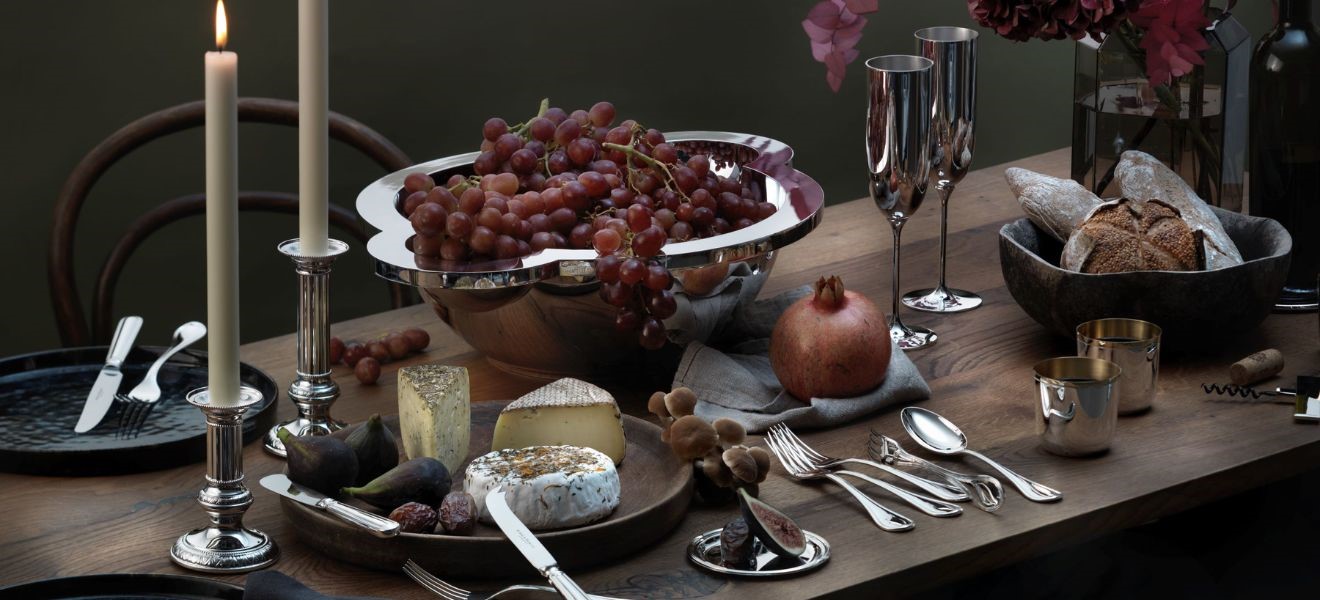Knife sharpening is an art that requires experience and, above all, the right equipment. There are different ways to do it, but it’s most rewarding to do it yourself, with a honing steel and a grinding stone. It’s a badge of honour for kitchen professionals and keen amateur cooks. At Ambiente we found cutting-edge equipment for manual sharpening, and honed our skills with American knife guru Bob Kramer.
Knives are the hardest-working kitchen helpers ever. They fillet, chop, cut, peel and dice. Kitchen knives are the workhorses of the catering trade so they need to be looked after, and when sharpened with a suitable device they can continue to work well for many years. Only in that way can they really show what they’re made of. For example, a freshly sharpened meat knife cuts incredibly smoothly through the raw fibres in a single stroke, which means the meat stays tender while roasting. An excellently sharpened blade guarantees you can enjoy your juicy steak or Sunday roast with much less effort.
Safer cutting with sharp blades
You should sharpen your knife as soon as it fails the ‘tomato test’, i.e. when the blade no longer glides gently through the flesh of a tomato. A sharp knife is also safer. You need to press down harder on a blunt blade, so it’s more likely to slip and cut your hand. It’s best to sharpen your knife briefly before you start work; it’s really worth the little time it takes. It’s also a good idea never to store knives with their blades pointing upwards, and only to cut on suitable work surfaces. Please also avoid trying to catch a falling knife in your hand: it’s so much safer just to pick it up off the floor! And don’t put kitchen knives in the dishwasher. They’re better off safely stored in a knife block or on a magnetic strip.

Spoilt for choice
Sharpening knives is (almost) a science all of its own. The honing steel is a reliable classic for clean cutting and is ideal for everyday use. At Ambiente we saw many different versions of this basic concept, including diamond-coated honing steels (by Wüsthof) and honing steels with a tungsten carbide coating such as those from knife specialists Zwilling. The new ceramic sharpening rods made of sintered ruby are like a honing stone and grinding stone combined in that they shave off a very thin layer and also slightly restore the edge. When it comes to hard honing steels, the ‘Dickoron Titan’ made by Dick is streets ahead. Its special coating is three times harder than a conventional sharpening steel. They all fit comfortably in the hand, and you draw the knife blade along the entire length of the steel, alternating between the right and left sides. With a bit of practice it works really well: we tried it.
Sharpening on a wet stone
Have you heard of a ‘Belgian stone’ or ‘coticule’? Since Roman times, this very fine stone from the Ardennes in Belgium has been a sought-after sharpener for all sorts of steel. Its special surface means that it doesn’t cut to an edge, but applies a polish which prolongs the length of time the blade stays sharp. This sharpening stone, although still in existence, now has modern successors made of ceramics which produce the desired grinding effect even more quickly. Sharpening stones or whetstones can be fixed in a sturdy wood or bamboo framework to make them easier to use. Blades are drawn across the stone at light pressure and at an angle of around 15 degrees. The residue created is repeatedly wetted with water. At the trade fair, we were amazed to see the makeover this ancient technique has undergone. And for a professional finish, you draw the knife over a small leather strop with a polishing paste to restore its cutting edge.

Knife guru
Anyone who’s spent any time watching the American Bob Kramer sharpening knives on a wet stone will be well aware of the meditative nature of the task. The calm, even, measured movements are typical of the art. Bob Kramer has spent over a quarter-century gaining great craftsmanship in knife sharpening, which he demonstrated impressively at Ambiente. The public was fascinated by the technique that he’s perfected over the years. The knife expert explained how it all began and what sharp knives have got to do with philosophy.
Knife sharpening was originally an itinerant trade in Europe. Where would we find you in the USA?
Bob Kramer: “I am continuing in the European tradition. I have a converted truck with all my tools in it, and travel the country. I also make blades. I am one of only 120 certified bladesmiths in the US.”
Do you take your services door to door in traditional fashion?
“Not really! I had my own special approach right from the start. I went to restaurants and offered to sharpen one kitchen knife for free. Simple as that. Then I came back two weeks later and usually got more business straight away. The free sample convinced the chefs.”

How did you learn your craft?
“I worked at various restaurants when I was a student. Sharpening knives was always a closely guarded secret, because to a professional chef their knives are practically sacred. So that piqued my interest. In San Francisco I got to know an elderly couple from northern Italy who sharpened knives the traditional way in their shop, with a blade mill and leather strops; some of their techniques dated back to the 17th century. They taught me the basics.”
In the USA you’ve gained a reputation as a knife guru, and now you’ve developed the ‘Kramer by Zwilling’ collection of knives together with a German company.
“I feel my job is to reduce the art of knife sharpening and bladesmithing to its essence: a sound blade that’s easy to sharpen and can withstand great stresses. I want to understand the material and how it works. More than twenty years ago I was experimenting in my own laboratory trying to make the best blade. A knife isn’t just a tool, it’s got ‘soul’ – that’s my knife philosophy.”
Do you have any tips?
“Place the honing steel vertically on your workbench. Apply the knife at an angle of between 12 and 15 degrees to the steel. To get a feel for this angle, beginners can use a matchbox. Hold the matchbox against the steel, and you’ll get the correct angle. The same goes for the whetstone: to practice exerting the right pressure, press the knife’s flat metal edge against your kitchen scales. The ideal pressure to exert is between four and six pounds.”
What can you do with a perfectly sharpened kitchen or chef’s knife?
Bob Kramer doesn’t take long to consider his answer. He cuts a sheet of newspaper quickly before our very eyes: “That! And a perfectly sharpened knife means it’s a lot less work – and it’s quicker and safer.”









